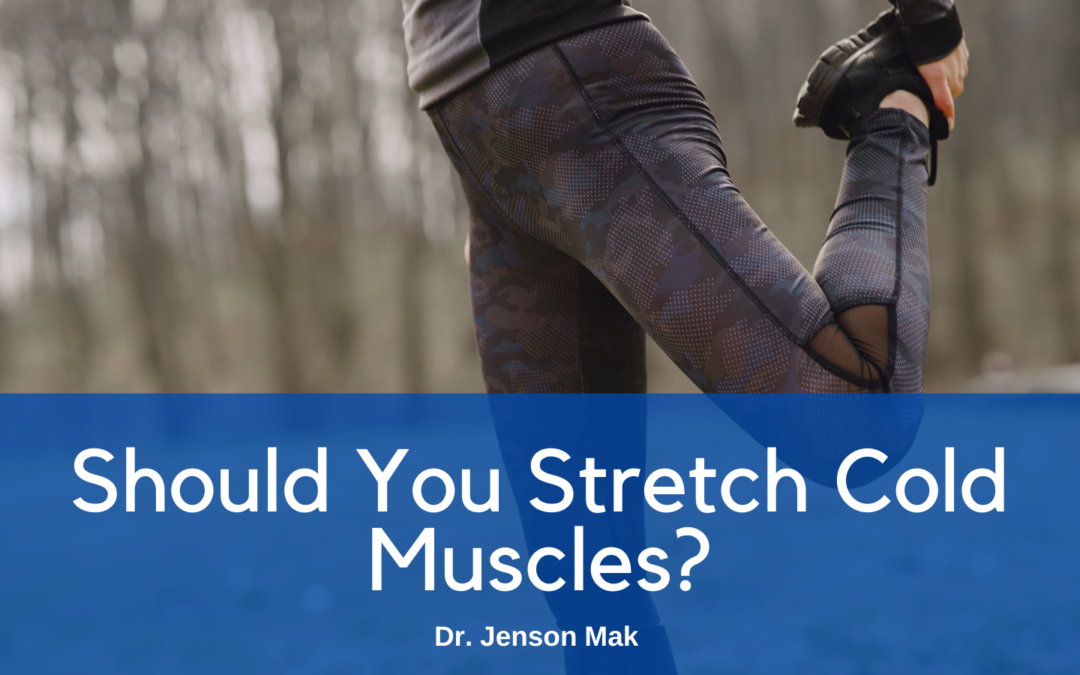People who enjoy active lifestyles have likely heard it said that stretching before lifting weights, running, or doing yoga can help maximize performance and minimize injuries. Is this true, though? As it turns out, research indicates that stretching cold muscles could have a negative effect on the body. This brief article will outline the issues with stretching in one way and propose a helpful alternative.
What Is A Cold Muscle?
First, what does it mean to stretch cold muscles? Professional stretcher Rachel Lapidos explains that “cold” in this context is simply used to describe muscles that are not currently being used. Because the human body sends more blood and heat to areas that are being exercised, inactive muscles are literally cooler in temperature than active ones.
What Does The Research Say?
Lapidos explains recent research showing why stretching cold muscles could be a bad idea. When a person does a stretch to target a particular muscle group before a workout, that group has what is called a stretch reflex. This reflex serves an important role, preventing the muscle from overstretching and causing damage. Unfortunately, this reflex also causes the targeted area to contract. Exercising on tight, contracted muscles can lead to injury.
Research from the National Strength and Conditioning Association confirms that “static stretching can have detrimental effects on subsequent performance.” The study gives several examples of performance dips experienced by professional athletes after using traditional pre-event stretching. While research in this field is growing, the results seem clear: stretching cold muscles is an not effective means of improving performance and reducing injuries.
Conclusion
Should people simply not warm up before exercise, then? Not at all, says Lapidos. Instead of neglecting pre-workout muscle conditioning entirely, it is best to focus on warming up the whole body, gradually working up to the session. This kind of warm-up consists of dynamic movements that are designed to increase blood flow throughout your body. Dynamic movements include activities such as walking at a quick pace, jumping lightly in place, or shadowboxing. Doing these or similar actions increases warmth in the muscles and avoids the stretch reflex mentioned earlier in this article.

